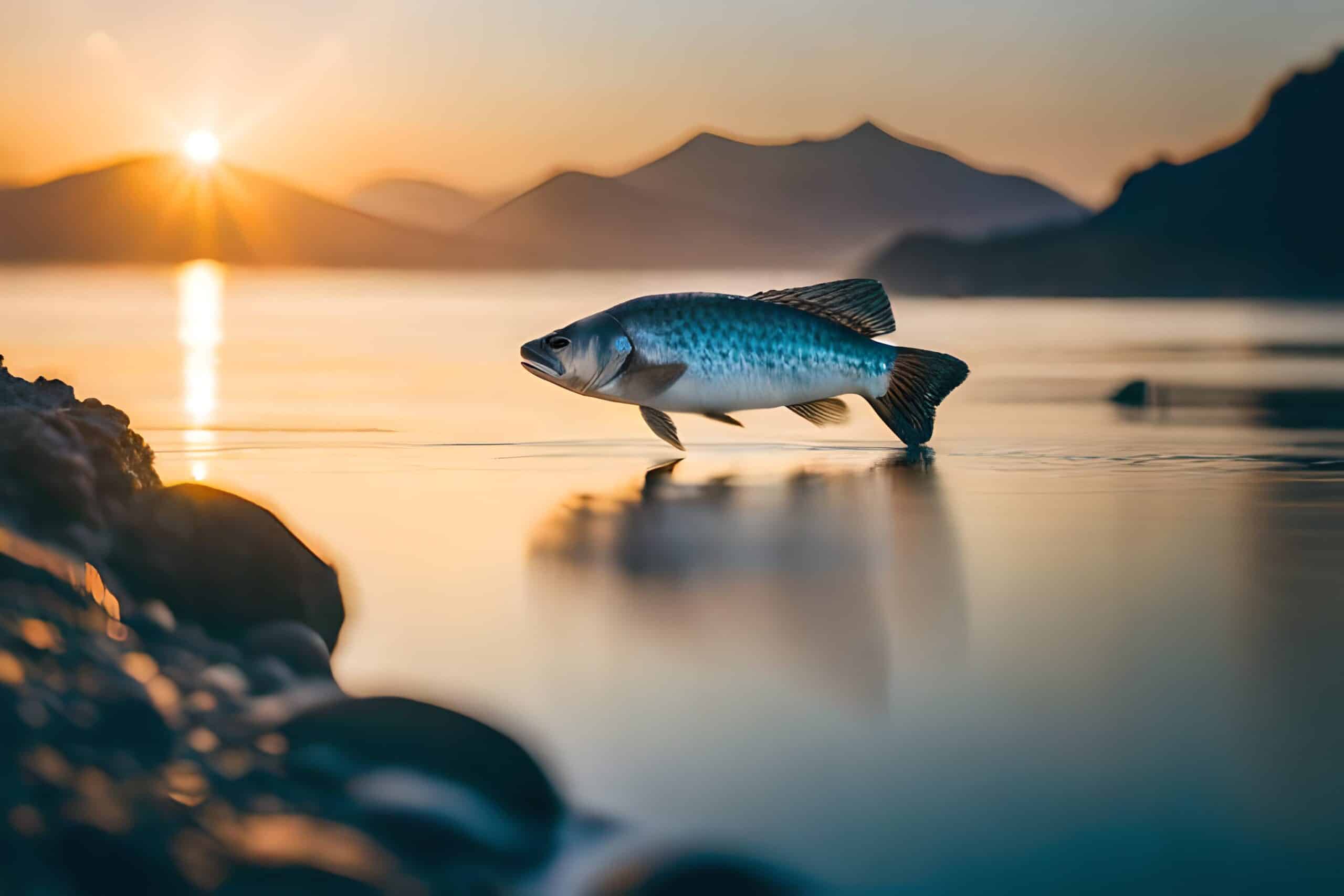How do you know if a river has fish?
Key Takeaways
- Observing signs of fish activity, such as surface disturbances, baitfish behavior, bird activity, jumping fish, nibbling on the line, and vibrant colors in the water, can help determine if fish are present in a river.
- Key spots where fish are likely to be found in rivers include quiet spots, eddies, converging currents, structures, confluences of smaller tributaries, depth changes, considering salinity and oxygen levels, targeting river bends, paying attention to wind and water temperatures, and focusing on slow-flowing water.
- By being observant and knowing where to find fish in rivers, anglers can significantly increase their chances of a successful fishing trip.
When it comes to fishing in rivers, one of the most important questions anglers ask is, “How do you know if a river has fish?” Being able to identify signs of fish activity and knowing where to find them can significantly increase your chances of a successful fishing trip. In this article, we will explore various indicators that can help you determine if a river has fish.
Signs of Fish Activity
One of the most straightforward ways to tell if a river has fish is by observing signs of fish activity. These signs can include:
- Surface disturbances: Look for ripple patterns, small waves, or splashing on the water’s surface, as these can indicate fish movement or feeding activity.
- Baitfish behavior: Pay attention to the behavior of baitfish, such as clustering or erratic movement, as it can indicate the presence of predators.
- Bird activity: Watch for diving or circling birds above the water, as they often indicate the presence of feeding fish.
- Jumping fish: If you spot fish jumping out of the water, it’s a clear sign that fish are present in the river.
- Nibbling or tugging on the line: When fishing, if you feel nibbles or tugs on your line, it’s a good indication that fish are biting.
- Flashing or vibrant colors in the water: If you notice flashes or vibrant colors in the water, it can be a sign of fish activity.
By being observant and looking out for these signs, you can gather valuable information about the presence and activity of fish in a river.
Finding Fish in Rivers
Now that we know how to identify signs of fish activity, let’s explore some key spots where you are likely to find fish in rivers:
- Quiet spots along the river: Look for areas where there is minimal activity and disturbance, as fish often seek out these calm areas.
- Eddies: Eddies are calm areas near faster-moving currents where fish can find food. These spots can be productive for fishing.
- Converging currents: Where two currents meet, a distinct line is created in the water, which attracts fish. These areas can be excellent fishing spots.
- Structures: Fish seek out structures such as tree roots, manmade cribs, docks, or undercut banks that provide them with safe havens. These structures can serve as hiding places for fish.
- Confluence of smaller tributaries: The confluence of smaller tributaries with the main river often brings more food for fish, making it an attractive spot for them.
- Depth changes: Look for quieter pools at the beginning or end of rapids, or around large boulders, as these areas provide fish with protection and varying temperatures.
- Salinity and oxygen levels: Different fish species have different requirements for salinity and oxygen levels. Understanding these factors can help you narrow down your search for fish.
- River bends: Slower water on the outside of river bends is often more attractive to fish. Targeting these areas can increase your chances of finding fish.
- Wind and water temperatures: Fish seek sheltered areas, and wind and water temperatures can influence their behavior. Pay attention to windward sides of high bluffs or banks where food may be pushed towards the shore.
- Slow-flowing water: Fish may prefer slow-flowing areas for relaxation and feeding. These spots can be productive for fishing.
By focusing your efforts on these key spots, you can improve your chances of finding fish in rivers and increase your overall success as an angler.
Conclusion
Identifying whether a river has fish is crucial for anglers. By observing signs of fish activity such as surface disturbances, baitfish behavior, bird activity, jumping fish, nibbling on the line, and vibrant colors in the water, you can determine if fish are present. Additionally, knowing where to find fish in rivers, such as quiet spots, eddies, converging currents, structures, confluences, depth changes, considering salinity and oxygen levels, targeting river bends, paying attention to wind and water temperatures, and focusing on slow-flowing water, can significantly increase your chances of a successful fishing trip.
Related Websites:
FAQs:
Q: What are the general habitat requirements of fish?
Fish require clean water, appropriate temperature, sufficient oxygen levels, and availability of food. They also need suitable hiding places and cover.
Q: What are some signs that indicate the presence of fish in a river?
Observing water-dwelling creatures like ducks, herons, or otters can indicate the existence of fish. Birds diving into the water or swooping down may suggest the presence of fish. Additionally, seeing fish jumping, splashing, swimming near the water’s surface, or their tails and fins breaking the surface are good indicators.
Q: How can you tell if fish are actively feeding in a river?
Ripples or small waves on the water’s surface may indicate fish feeding near the surface. Fish breaking the surface to catch insects or baitfish can also create visible disturbances. Birds gathering or diving into the water, as well as swirling or bubbling water caused by fish chasing prey, are signs of active feeding.
Q: Where can I gather information on fish presence in specific rivers?
It is recommended to seek local expertise and advice from experienced anglers or fishing guides. Talking to local bait and tackle shops, fishing clubs, or visiting community forums can also provide valuable information.






